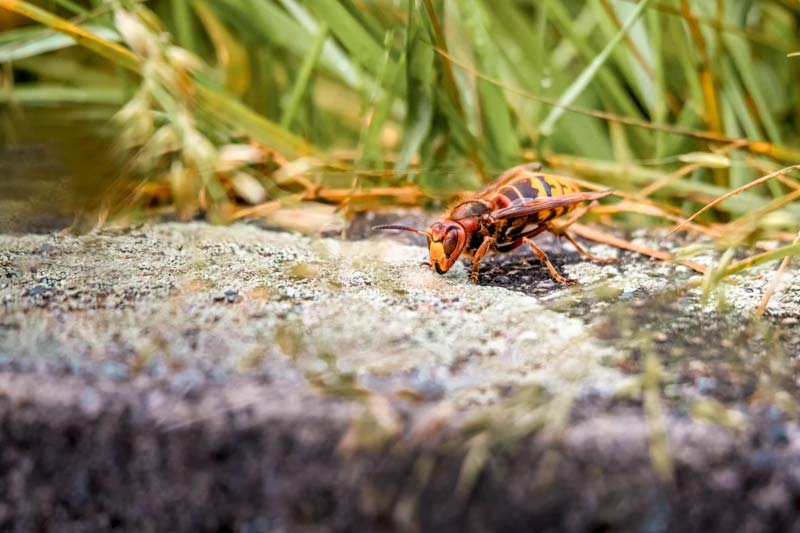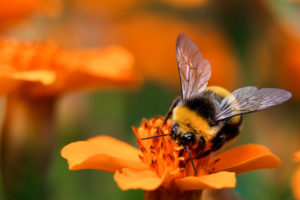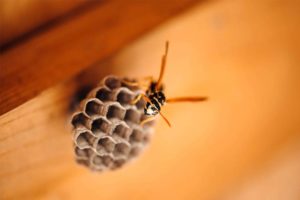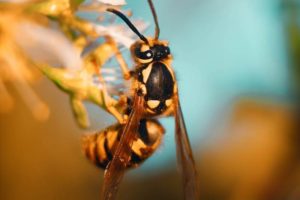Have you heard of the “murder hornet” yet? Asian giant hornets (their real name) are a cause for concern. However, you might not be as affected as you think. If you’re allergic to bee and wasp stings, read up on this hornet that recently made its way to the United States.
The Environmental Concern of Asian Giant Hornets
Asian giant hornets (Vespa mandarinia) target and attack honey bee hives. A few hornets can kill an entire hive in a matter of hours because of their size. Murder hornets are five times bigger than honey bees and 20 times their weight. Once all of the adult honeybees are dead, the hornets defend the nest as their own. Then, they feed the honeybees to their offspring.
Because of their desire to eradicate honey bees, Asian giant hornets are an environmental and agricultural concern. According to the FDA, bee pollination accounts for around $15 billion in added crop value. Also, pollination is vital to approximately 250,000 species of flowering plants.
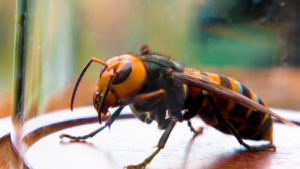
THE PERSONAL CONCERN OF THE ASIAN GIANT HORNET
Asian giant hornets are social wasps, so they aren’t typically aggressive towards humans. However, they will defend their nest if their colony or food sources are threatened. If these hornets are afraid, they might sting you, which will undoubtedly be worse than a usual bee sting.
The Asian giant hornet’s size guarantees a large venom dose, more tissue damage, and increased pain. Their longer stinger can get through clothing and other protective garments easier than other stinging insects. Lastly, like other hornets and wasps, the Asian giant hornet can sting multiple times. According to the Washington State Department of Agriculture, mass hornet attacks are rare. But if you suspect you’ve stumbled upon a colony, it is best to leave as quickly and calmly as possible. A large attack has the potential of crippling and killing victims.
BEE STING ALLERGIES AND ASIAN GIANT HORNETS
Those with bee and wasp sting allergies know to stay as far away from stinging insects as possible—and the Asian giant hornet is no exception. Do not approach them.
Researchers have found venom similarities between other hornet species and the Asian giant hornet. Theoretically, venom immunotherapy patients desensitized to hornet stings could see a reduced reaction to the Asian giant hornet’s sting. However, no studies have been done on this topic yet. If you have a stinging insect allergy, and you happen to come across this rare hornet, calmly and quickly leave the area.
IDENTIFYING THE ASIAN GIANT HORNET
The size of the Asian giant hornet makes them easy to distinguish. In fact, it’s the largest hornet in the world. The queens can grow more than 2 inches, with a wingspan of 3 inches. Worker hornets can grow up to 1.5 inches in length.
Also, they are distinctly colored. The Asian giant hornet’s black thorax (the middle section of their body) is black, contrasting with their very yellow heads. Their abdomen, or lower third, contains dark bands alternating with yellow or orange. This coloring differs from typical North American hornets, which have yellow or white bodies.
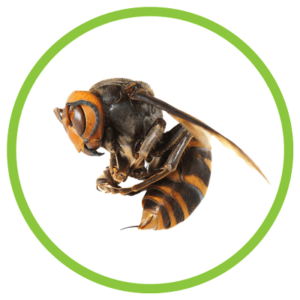
FINDING ASIAN GIANT HORNETS
For now, the Asian giant hornet has only been spotted in the U.S. state of Washington. They typically build underground nests in abandoned rodent burrows. Sometimes, their nests are also found in dead hollow tree trunks. Aerial nests are extremely rare for this species. They never nest more than 3-6 feet above the ground. These nesting habits make them extremely difficult to find, on top of the population of Asian giant hornets in the U.S. being small. Most likely, you will not come across them.
If you find an Asian giant hornet, please report it to the Washington State Department of Agriculture. There is a form you can fill out, and they ask that you provide the following information:
- Your name and contact information
- The location of the sighting
- Date of sighting
- Photograph of the hornet or damage
- The size of the insect, the color of the head and body, and what it was doing
- Photo or description of the hive damage
- The direction the hornet(s) flew when flying away


